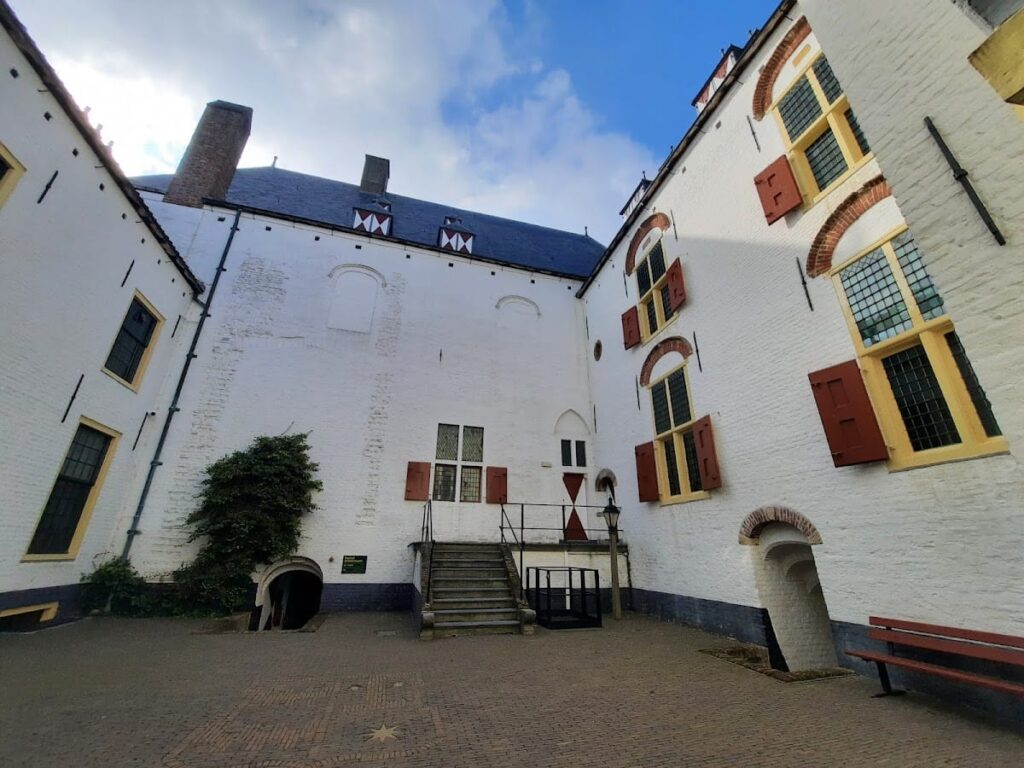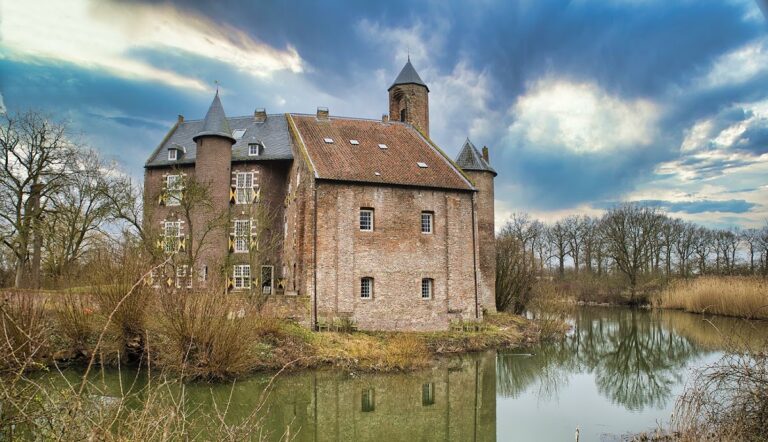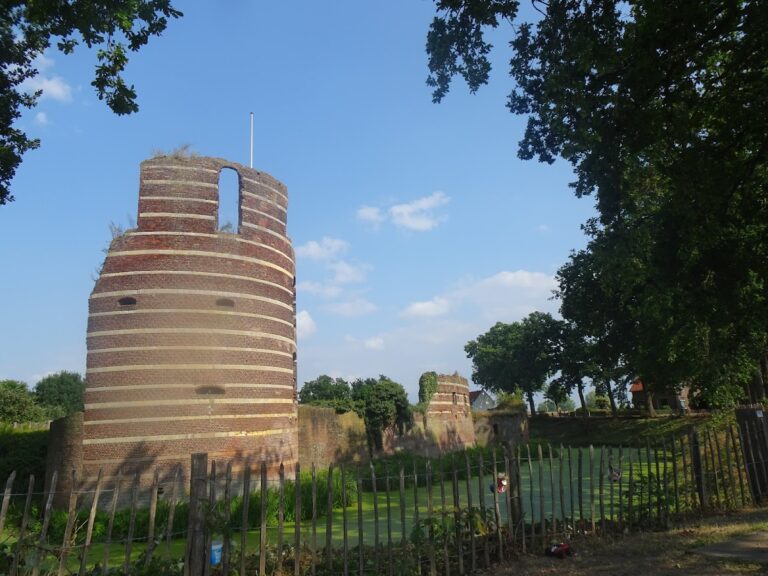Ammersoyen Castle: A Medieval Water Castle in the Netherlands
Visitor Information
Google Rating: 4.5
Popularity: Medium
Google Maps: View on Google Maps
Official Website: www.glk.nl
Country: Netherlands
Civilization: Medieval European
Remains: Military
History
Ammersoyen Castle stands in Ammerzoden, Gelderland, Netherlands, on land first recorded in 1026 as part of a dowry belonging to a woman named Berta. The stone fortress was built in the early 1350s by Dirk van Herlaer, a member of the influential Van Herlaer family. This family maintained ownership until the late 14th century, when Arent Hoeman lost the castle after supporting the Duchess of Brabant in a 1386 conflict. Duke William of Gelderland then seized the property and granted it to his illegitimate son in 1405.
In 1424, Johan van Broeckhuysen, lord of Waardenburg, purchased the castle. The Van Arkel family gained control through marriage in 1496 and held it for several centuries. Throughout this time, Ammersoyen Castle faced multiple military challenges. It was briefly occupied by Habsburg forces in 1513, later by Burgundian troops in the mid-1500s, and again by Spanish soldiers in 1572 during the Eighty Years’ War. Despite these sieges, the castle was repaired after each event.
A devastating fire in 1590 destroyed much of the interior and caused the death of owner Joris van Arkel. His son Otto managed only partial repairs due to limited funds. A full restoration took place between 1648 and 1667 under Thomas Walraven van Arkel, who restored the exterior to its medieval appearance while updating the interiors for 17th-century living standards. In 1672, during the French invasion known as the “Year of Disaster,” the Van Arkel family paid a large ransom to prevent the castle from being plundered.
The Van Arkel lineage ended in 1693, after which the castle passed through several wealthy families who seldom lived there, leading to gradual decline. In 1856, Baron Arthur de Woëlmont acquired Ammersoyen and renovated the interiors in a neo-Gothic style. Financial difficulties forced him to sell the property in 1873 to the Catholic parish of Ammerzoden. By 1876, the castle was converted into a convent for the Poor Clares, a religious order.
Around 1893, the nuns filled in the castle’s moat and constructed a chapel on the western side of the main building. The filled moat preserved archaeological layers dating back to the 14th century. During World War II, the castle suffered heavy damage between 1944 and 1945, prompting the nuns to leave afterward. In 1957, the Friends of Gelderland Castles Foundation acquired Ammersoyen and began a sixteen-year restoration in 1959.
The restoration revealed medieval staircases, arrow slits, plastered fireplaces, a well, and hidden chambers. The Knight’s Hall ceiling was restored to its original height, and several chimneys were rebuilt. Portraits of former owners were rehung to recreate the castle’s historical atmosphere. The moat was re-excavated to restore the castle’s water-surrounded setting. Archaeological digs uncovered hundreds of artifacts, including ceramics, jewelry, clothing, weapons, and children’s toys, forming one of the largest collections of its kind in the Netherlands.
Until 1999, part of Ammersoyen Castle served as the town hall for Ammerzoden municipality. Since the early 2000s, it has functioned as a museum with permanent exhibitions, guided tours, and cultural events.
Remains
Ammersoyen Castle is a well-preserved medieval water castle with a nearly unchanged square layout dating from around 1300. The main structure consists of a square building with four massive stone corner towers surrounding a small open courtyard. The castle was built all at once, following a fixed plan rather than in stages, reflecting a design style popularized by Count Floris V of Holland.
Originally situated on the banks of the river Maas, the river was later rerouted. To maintain water in the moats, canals were constructed around the castle. Access is provided by a single drawbridge on the northern side, leading to an artificial island three times larger than the castle itself. This island served as a fortified outer bailey, or forburg, connected to the mainland by a second drawbridge on the western side. Both moats and drawbridges were restored to their medieval configuration during postwar renovations.
The castle’s defensive features include thick stone walls and arrow slits, known as embrasures, designed for archers. A well-preserved medieval internal staircase is embedded within the walls. The Knight’s Hall features a restored high ceiling and multiple fireplaces. Stone was the primary building material for walls and towers. Decorative coats of arms belonging to the Van Arkel and De la Kethulle families adorn the entrance pediment.
The castle grounds include a small French-style garden on the northern island, planted with heliotrope, lavender, daisies, pink begonias, mulberry, fig, and pear trees, along with ornamental shrubs and flowers between the inner and outer moats. Archaeological excavations in the moat and surrounding grounds uncovered a large collection of artifacts spanning five centuries. These include pottery shards, complete ceramic vessels, glassware, silver and bronze items, tin objects, clothing fragments, footwear, weapons, and children’s toys. These finds are displayed in a permanent exhibition on the castle’s upper floor.
Thanks to extensive restoration efforts from 1959 to 1975, Ammersoyen Castle is in excellent condition. The moat was re-dug, and original architectural features were uncovered and conserved, preserving the castle’s medieval character.










